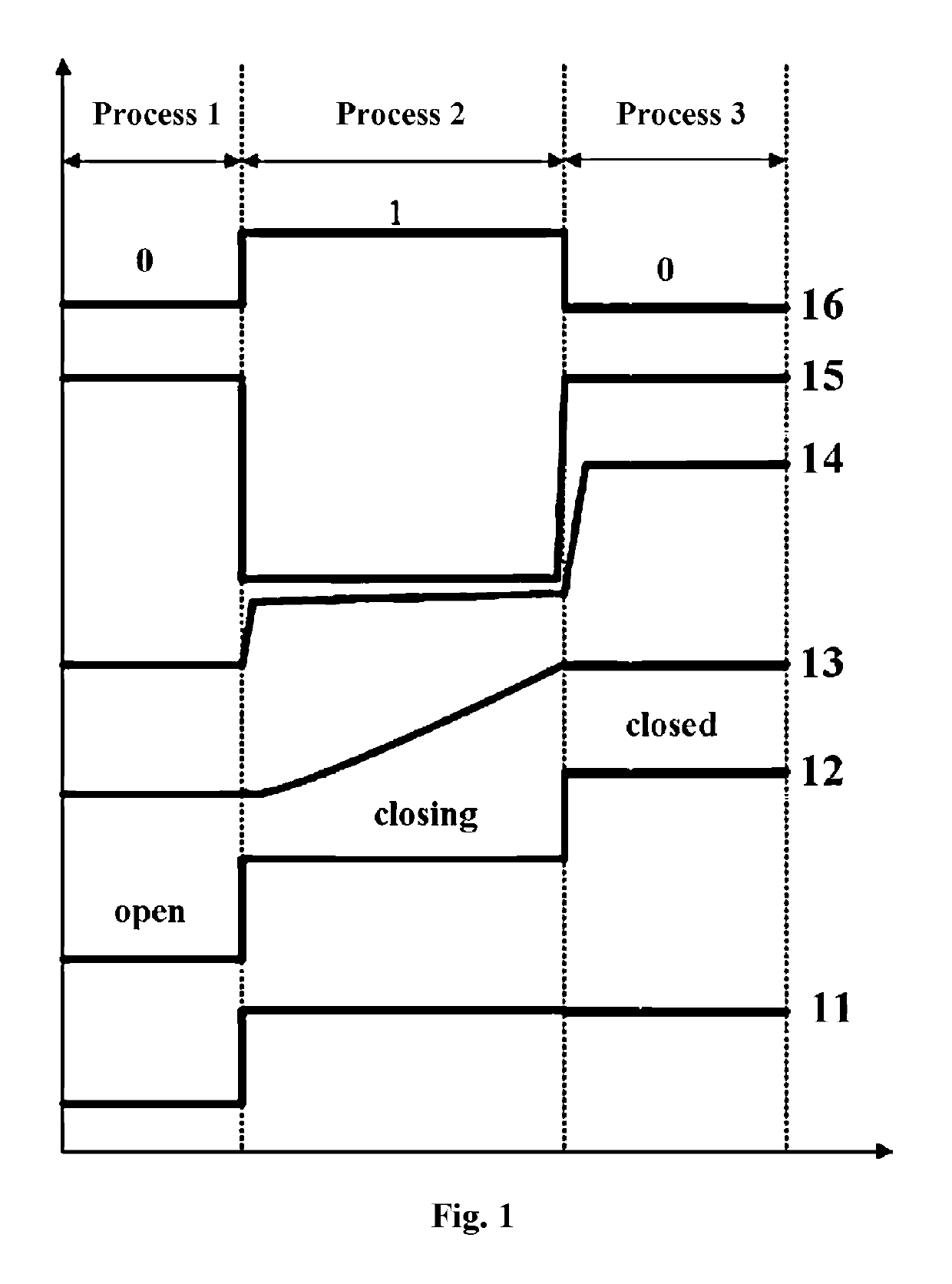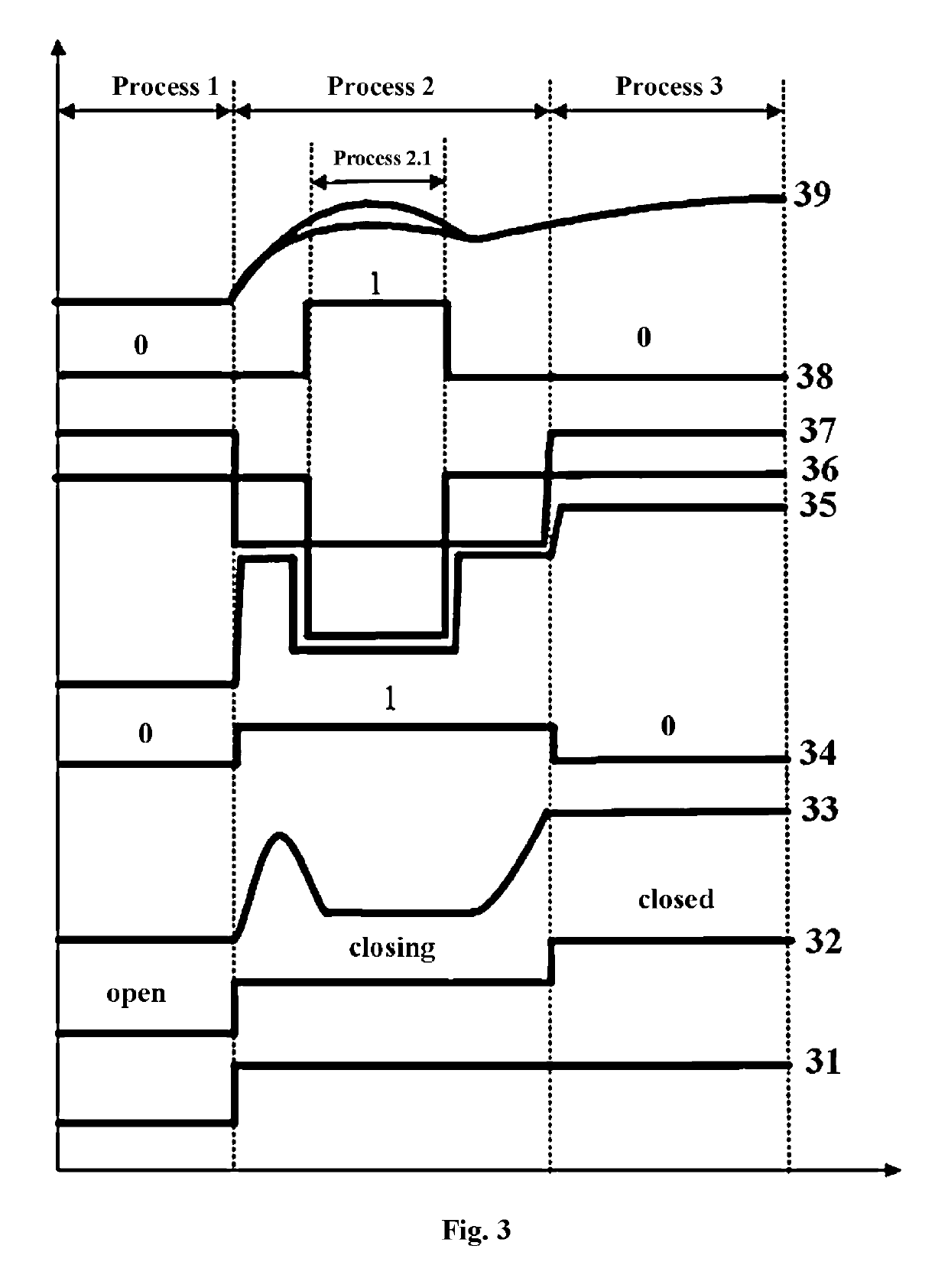Method for preventing interference between TCU and ESP
a technology of tcu and esp, applied in the field of vehicle control, can solve the problems of excessive vehicle-jitter, vehicle locking, etc., and achieve the effect of excessively rapid clutch hardware damage and excessively rapid vehicle-speed decreasing
- Summary
- Abstract
- Description
- Claims
- Application Information
AI Technical Summary
Benefits of technology
Problems solved by technology
Method used
Image
Examples
Embodiment Construction
[0050]As mentioned in the background art, in vehicles with an ESP and a TCU, there will be problems of vehicle jitter, vehicle locking, excessively rapid vehicle-speed decreasing, and excessively rapid hardware damage of a clutch. The inventors have found through researches that since the ESP is integrated with a TCS, when the TCS is activated, a torque reduction request is issued to an ECU (Electronic Control Unit). For automatic vehicles, when the transmission is in the operating conditions of vehicle starting, clutch engagement, TCU will issue a torque reduction request to the ECU, and there is the risk of mutual interference between the TCU and the TCS. In general, the method of the present invention independently detects the TCS by means of the TCU, and suspends, when the TCS is activated, sending the torque reduction request, thereby avoiding the interference with the working of the TCS, and optimizing the joint control between the TCU and TCS of an automatic transmission.
[005...
PUM
 Login to View More
Login to View More Abstract
Description
Claims
Application Information
 Login to View More
Login to View More - R&D
- Intellectual Property
- Life Sciences
- Materials
- Tech Scout
- Unparalleled Data Quality
- Higher Quality Content
- 60% Fewer Hallucinations
Browse by: Latest US Patents, China's latest patents, Technical Efficacy Thesaurus, Application Domain, Technology Topic, Popular Technical Reports.
© 2025 PatSnap. All rights reserved.Legal|Privacy policy|Modern Slavery Act Transparency Statement|Sitemap|About US| Contact US: help@patsnap.com



